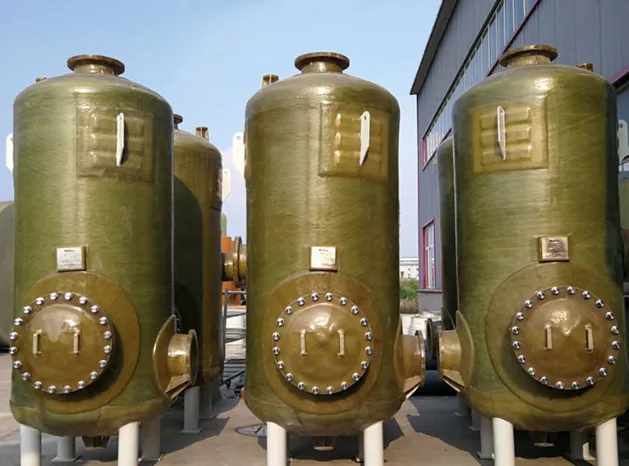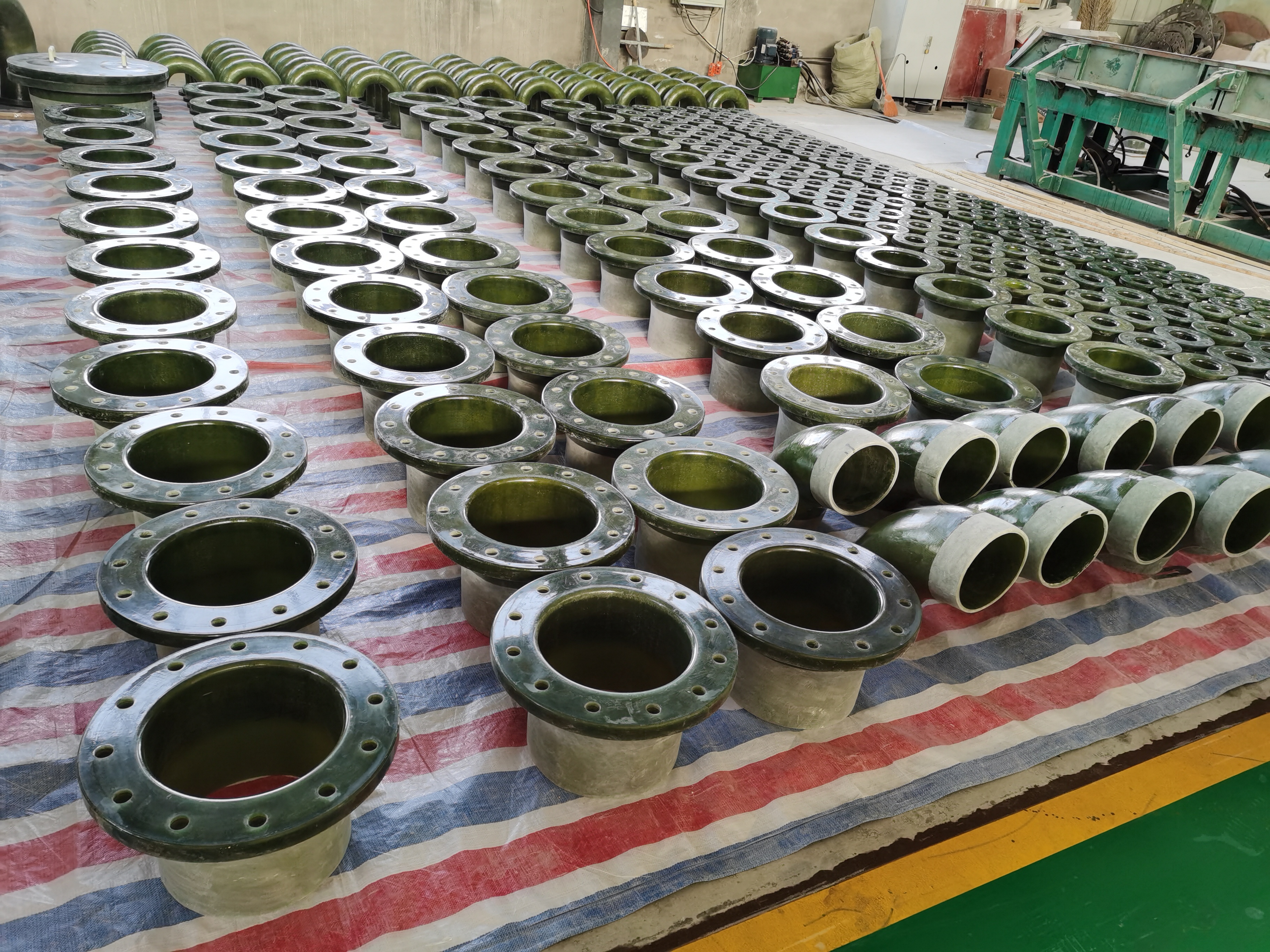
-
 Afrikaans
Afrikaans -
 Albanian
Albanian -
 Amharic
Amharic -
 Arabic
Arabic -
 Armenian
Armenian -
 Azerbaijani
Azerbaijani -
 Basque
Basque -
 Belarusian
Belarusian -
 Bengali
Bengali -
 Bosnian
Bosnian -
 Bulgarian
Bulgarian -
 Catalan
Catalan -
 Cebuano
Cebuano -
 China
China -
 China (Taiwan)
China (Taiwan) -
 Corsican
Corsican -
 Croatian
Croatian -
 Czech
Czech -
 Danish
Danish -
 Dutch
Dutch -
 English
English -
 Esperanto
Esperanto -
 Estonian
Estonian -
 Finnish
Finnish -
 French
French -
 Frisian
Frisian -
 Galician
Galician -
 Georgian
Georgian -
 German
German -
 Greek
Greek -
 Gujarati
Gujarati -
 Haitian Creole
Haitian Creole -
 hausa
hausa -
 hawaiian
hawaiian -
 Hebrew
Hebrew -
 Hindi
Hindi -
 Miao
Miao -
 Hungarian
Hungarian -
 Icelandic
Icelandic -
 igbo
igbo -
 Indonesian
Indonesian -
 irish
irish -
 Italian
Italian -
 Japanese
Japanese -
 Javanese
Javanese -
 Kannada
Kannada -
 kazakh
kazakh -
 Khmer
Khmer -
 Rwandese
Rwandese -
 Korean
Korean -
 Kurdish
Kurdish -
 Kyrgyz
Kyrgyz -
 Lao
Lao -
 Latin
Latin -
 Latvian
Latvian -
 Lithuanian
Lithuanian -
 Luxembourgish
Luxembourgish -
 Macedonian
Macedonian -
 Malgashi
Malgashi -
 Malay
Malay -
 Malayalam
Malayalam -
 Maltese
Maltese -
 Maori
Maori -
 Marathi
Marathi -
 Mongolian
Mongolian -
 Myanmar
Myanmar -
 Nepali
Nepali -
 Norwegian
Norwegian -
 Norwegian
Norwegian -
 Occitan
Occitan -
 Pashto
Pashto -
 Persian
Persian -
 Polish
Polish -
 Portuguese
Portuguese -
 Punjabi
Punjabi -
 Romanian
Romanian -
 Russian
Russian -
 Samoan
Samoan -
 Scottish Gaelic
Scottish Gaelic -
 Serbian
Serbian -
 Sesotho
Sesotho -
 Shona
Shona -
 Sindhi
Sindhi -
 Sinhala
Sinhala -
 Slovak
Slovak -
 Slovenian
Slovenian -
 Somali
Somali -
 Spanish
Spanish -
 Sundanese
Sundanese -
 Swahili
Swahili -
 Swedish
Swedish -
 Tagalog
Tagalog -
 Tajik
Tajik -
 Tamil
Tamil -
 Tatar
Tatar -
 Telugu
Telugu -
 Thai
Thai -
 Turkish
Turkish -
 Turkmen
Turkmen -
 Ukrainian
Ukrainian -
 Urdu
Urdu -
 Uighur
Uighur -
 Uzbek
Uzbek -
 Vietnamese
Vietnamese -
 Welsh
Welsh -
 Bantu
Bantu -
 Yiddish
Yiddish -
 Yoruba
Yoruba -
 Zulu
Zulu
FRP Shell Solutions Durable Fiberglass & GRP Shells for All Needs
- Understanding FRP, Fiberglass, and GRP Shells: Key Material Differences
- Technical Advantages Driving Industrial Adoption
- Performance Comparison: Leading Manufacturers in 2024
- Custom Engineering Solutions for Specific Use Cases
- Real-World Applications Across Major Industries
- Cost-Benefit Analysis and Long-Term Value
- Future Trends in FRP Shell Manufacturing

(frp shell)
Understanding FRP Shell Solutions for Modern Infrastructure
Fiberglass Reinforced Plastic (FRP) shells, interchangeably called GRP (Glass Reinforced Polymer) or fiberglass shells, have become critical components in industrial applications. These composite structures combine polymer resins with glass fibers, achieving tensile strengths of 320-450 MPa – outperforming traditional steel in corrosion resistance while maintaining 70% lighter weight. The global FRP market is projected to reach $183.4 billion by 2029, driven by demand in water treatment, chemical processing, and energy sectors.
Technical Advantages Driving Industrial Adoption
Modern FRP shells demonstrate exceptional durability with less than 0.5% annual degradation in harsh environments, compared to 5-7% for carbon steel. Their non-conductive nature reduces electrical accidents by 82% in utility applications. Advanced molding techniques enable wall thickness precision within ±0.3mm, accommodating pressures up to 25 bar. UV-resistant gel coatings extend service life beyond 30 years, with maintenance costs 60% lower than metal alternatives.
Performance Comparison: Leading Manufacturers in 2024
| Manufacturer | Max Diameter | Temperature Range | Chemical Resistance | Certifications |
|---|---|---|---|---|
| ShellTech FRP | 4.5m | -50°C to 180°C | 98% Acids | ISO 1461, ASME |
| FiberCore GRP | 6.2m | -30°C to 150°C | Full Alkali Proof | EN 13121, WRAS |
| PolyShield Solutions | 3.8m | -60°C to 200°C | Solvent Resistant | NSF/ANSI 61 |
Custom Engineering Solutions for Specific Use Cases
Advanced manufacturers now offer parametric design tools enabling engineers to specify:
- Layer-by-layer fiber orientation (0°-90° configurations)
- Resin types (epoxy, vinyl ester, or phenolic)
- Additive integrations (fire retardants, anti-static coatings)
This customization reduces installation time by 40% through prefabricated segments with millimeter-perfect flange alignments.
Real-World Applications Across Major Industries
In the Bahrain LNG terminal, GRP shells withstand 98% humidity and salt spray while maintaining thermal insulation values of 0.22 W/mK. Petrochemical plants report 92% reduction in maintenance downtime compared to steel reactors. Municipal water systems using FRP achieve 99.97% bacterial containment through seamless inner surfaces.
Cost-Benefit Analysis and Long-Term Value
While initial costs are 20-30% higher than steel, FRP shells demonstrate 55% lower lifecycle expenses over 15 years. Insurance premiums decrease by 18-22% due to superior fire ratings (Class 1 flame spread). Energy savings from thermal efficiency average 7-12% annually in climate-controlled facilities.
Future Trends in FRP Shell Manufacturing
The next-generation FRP shells integrate IoT-enabled structural health monitoring, with embedded sensors tracking strain (0-5000με) and temperature (-70°C to +250°C). Automated filament winding machines now achieve production speeds of 15m/min, doubling 2020 capacities. Hybrid composites blending carbon and glass fibers promise 200% strength improvements while maintaining GRP's cost advantages.

(frp shell)
FAQS on frp shell
Q: What is an FRP shell?
A: An FRP (Fiber Reinforced Plastic) shell is a lightweight, corrosion-resistant structure made from composite materials like fiberglass and resin. It is widely used in construction, automotive, and marine industries for protective and structural applications.
Q: How does GRP shell differ from traditional materials?
A: GRP (Glass Reinforced Plastic) shells offer superior strength-to-weight ratios compared to steel or aluminum. They resist rust, chemicals, and environmental wear, making them ideal for harsh conditions.
Q: What are common uses of fiberglass shells?
A: Fiberglass shells are used for roofing, vehicle body panels, storage tanks, and boat hulls. Their durability and moldability allow customization for complex shapes and designs.
Q: Are FRP shells easy to maintain?
A: Yes, FRP shells require minimal maintenance due to their resistance to corrosion and UV damage. Regular cleaning with mild detergents and inspections for surface damage are typically sufficient.
Q: What are the advantages of GRP over metal shells?
A: GRP shells are lighter, non-conductive, and eliminate galvanic corrosion risks. They also have lower installation costs and longer service life compared to metal alternatives.
Latest news
-
FRP/GRP Solutions for Thermal & Nuclear Power Plants Durable MaterialsNewsMay.10,2025
-
Custom Fiberglass Fittings Durable & Corrosion-Resistant SolutionsNewsMay.10,2025
-
High-Temp Resistant Fiberglass Products for Steel Smelting Plants FRP/GRP SolutionsNewsMay.10,2025
-
FRP Shell Solutions Durable Fiberglass & GRP Shells for All NeedsNewsMay.09,2025
-
Durable Fiberglass Vessels & Tanks Corrosion-Resistant SolutionsNewsMay.09,2025
-
Efficient Fiberglass Clarifier Systems for Water & Solid TreatmentNewsMay.09,2025









